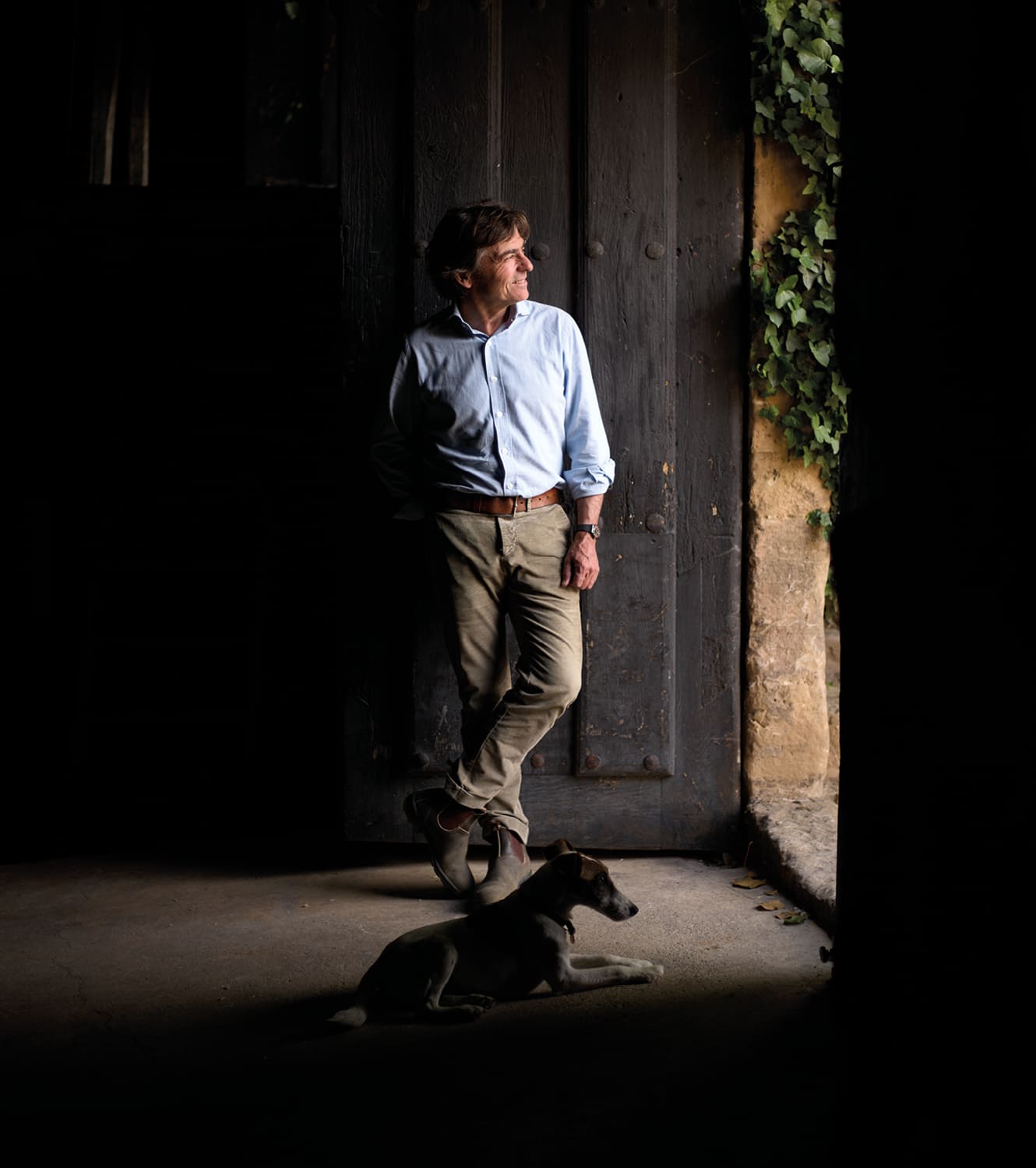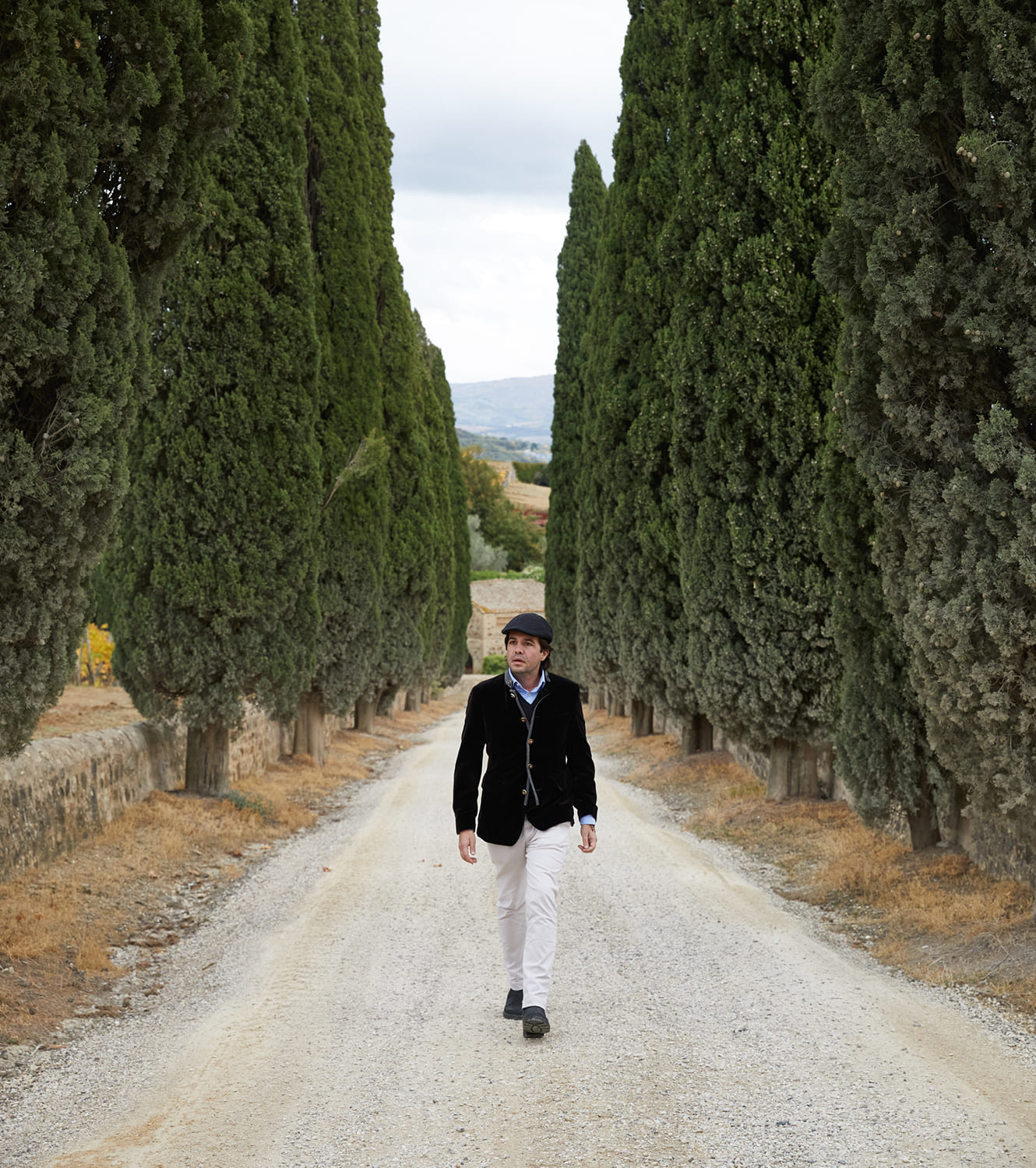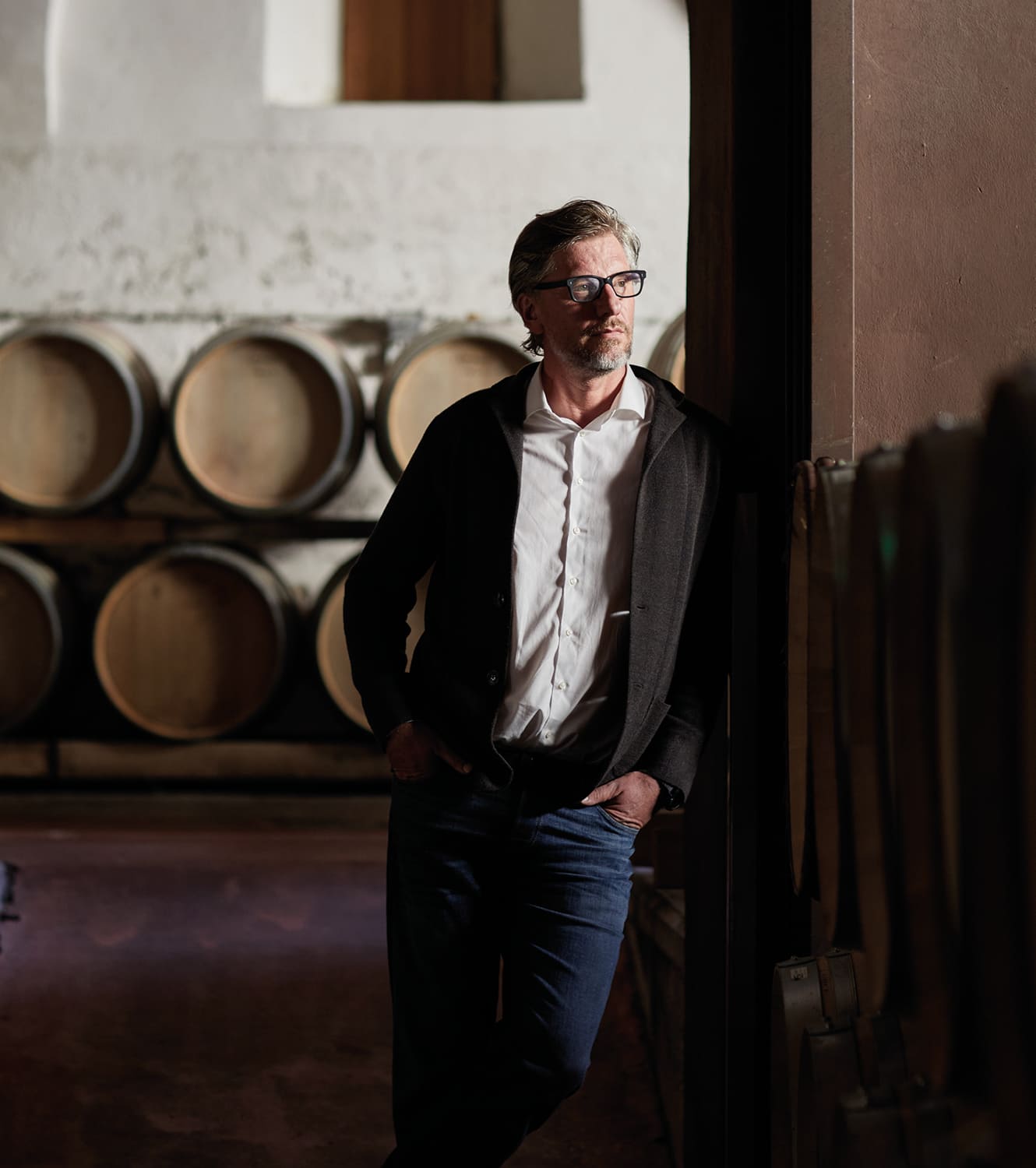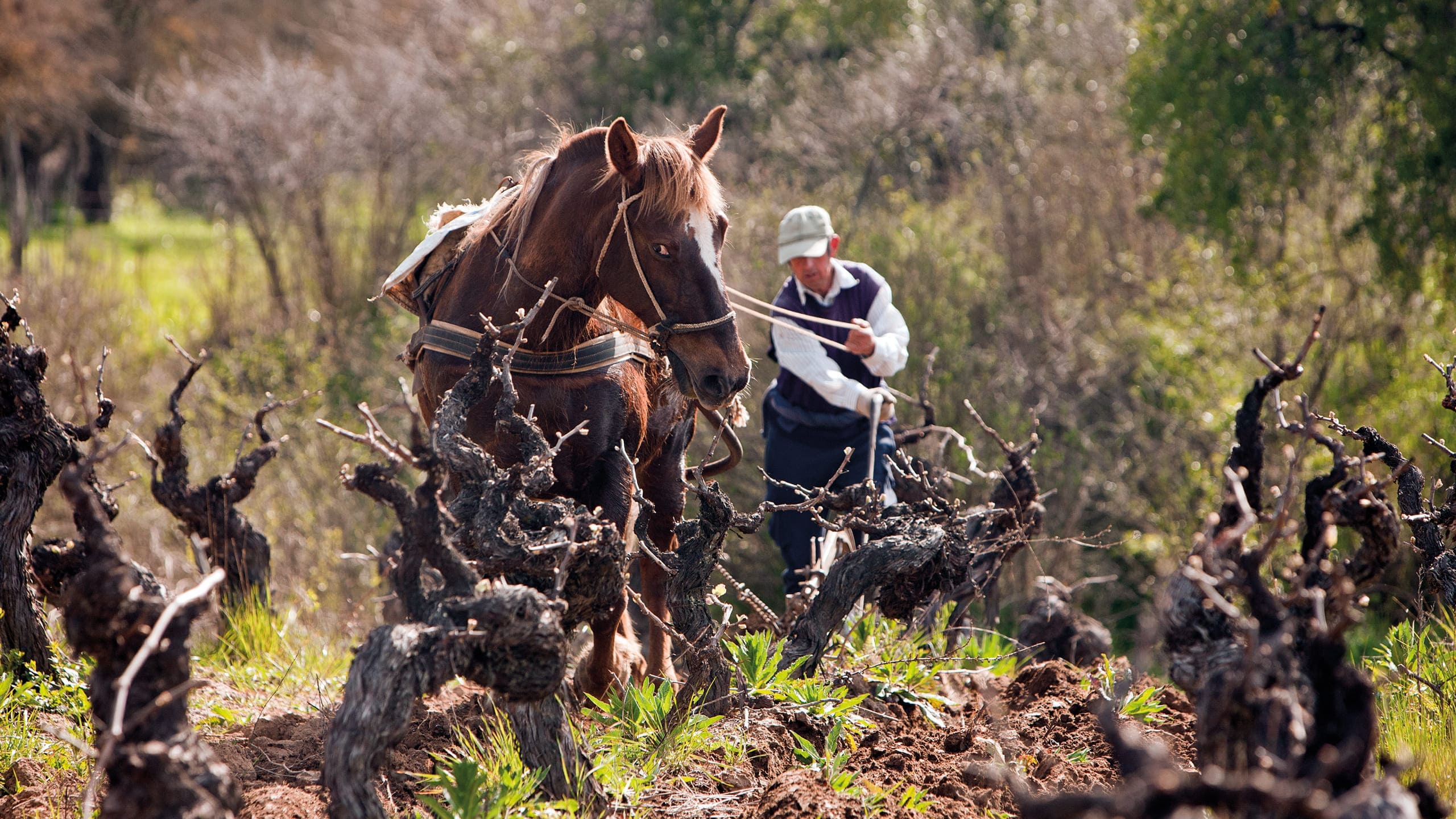
UNEARTHING THE PAST
To find out how some recent discoveries have revitalized South America’s wine world, Amanda Barnes delves deep into an old vine treasure trove at the end of the world
The old vines of South America teach us a lot about the fascinating history of this oft overlooked wine continent, but I also believe they give us one of the greatest insights into its future. In recent years the revaluation and rediscovery of these old vines has caused some of the most exciting changes in South America’s wine scene and inspired some of its most distinctive wines to date.
The first Vitis vinifera vines are believed to have been brought to the Americas with Christopher Columbus on his second voyage in 1493. The Spanish set out to conquer these new lands and plant vines to make their own wines along the way. From this first sackful of vines, which included the varieties of Listán Prieto and Moscatel de Alejandría, the early wine history of both North and South America was written.
What is interesting about their propagation in South America is how the priests would make crossings between these varieties over the following two hundred years. These crossings developed into a new family of native varieties, the Criolla varieties, so-called because they were born in the Americas.
While early viticulture was challenging in the more humid climates of Brazil, Uruguay and eastern Argentina, vineyard plantings thrived in the drier lands of the Southern Cone. The first wine country of South America to really make its mark was Peru. This was where the Spanish Viceroyalty was seated, and hence where the greatest demand for wine was in those early colonial times. There are still old vines aplenty to be found scattered along the coast from Lima down to the present-day border with Chile, in Tacna.
The next hotspot for viticulture was Bolivia – due to the European immigrants moving up to the heights of the Altiplano looking to exploit the world’s largest silver mine, Potosí. In order to keep the wealthy mine owners sated and the poor miners inebriated, vineyards spread along the route to Potosí and most notably to the south, in the valleys of Cinti and Tarija. Cinti in particular remains filled with these viticultural relics and beautiful 200-year-old vines that are wrapped around fruit trees, in the same training system the Jesuits brought with them.
It was Chile and Argentina though, that took South American wine production to another level. The rain shadow caused by the Andes mountains on the western fringe of Argentina made it ideal for large-scale viticulture, with vines irrigated from the mountain rivers and snow melt. Similarly in Chile, the sunny, dry summers and fertile river valleys in its central plain afforded favorable co
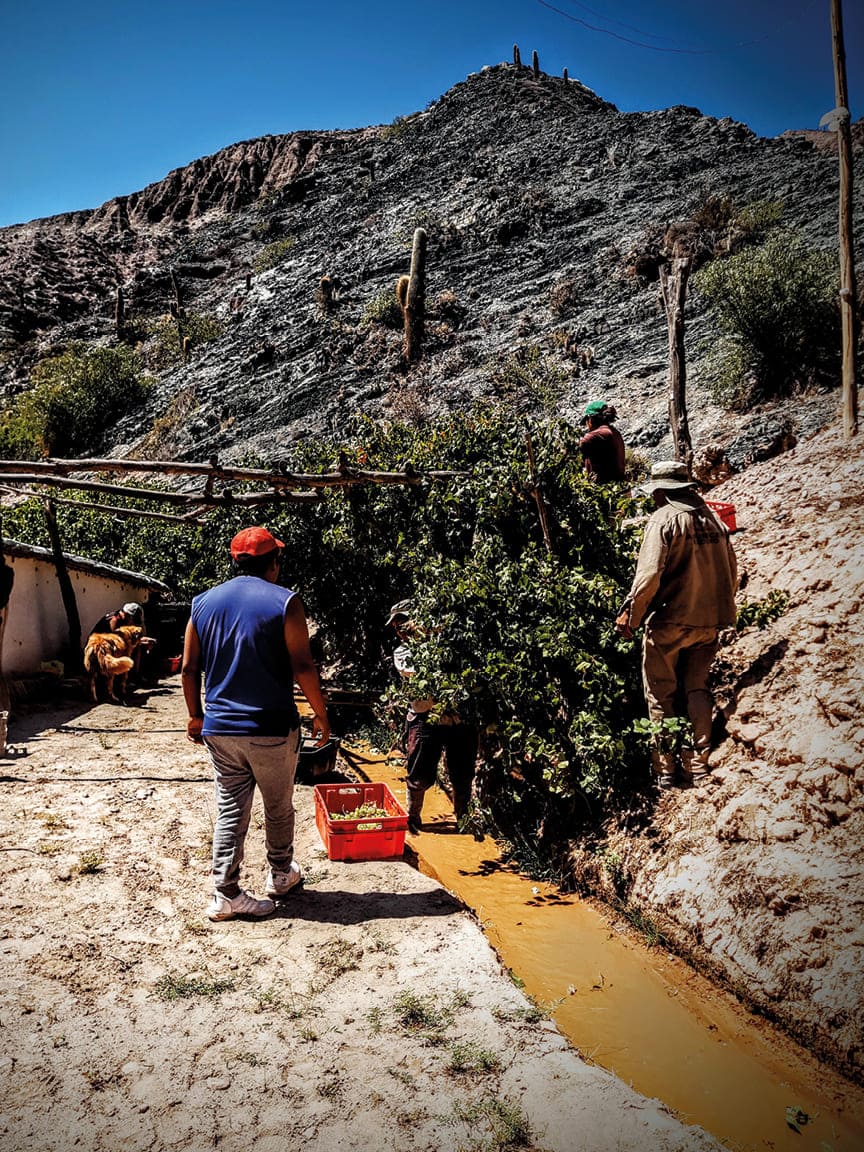
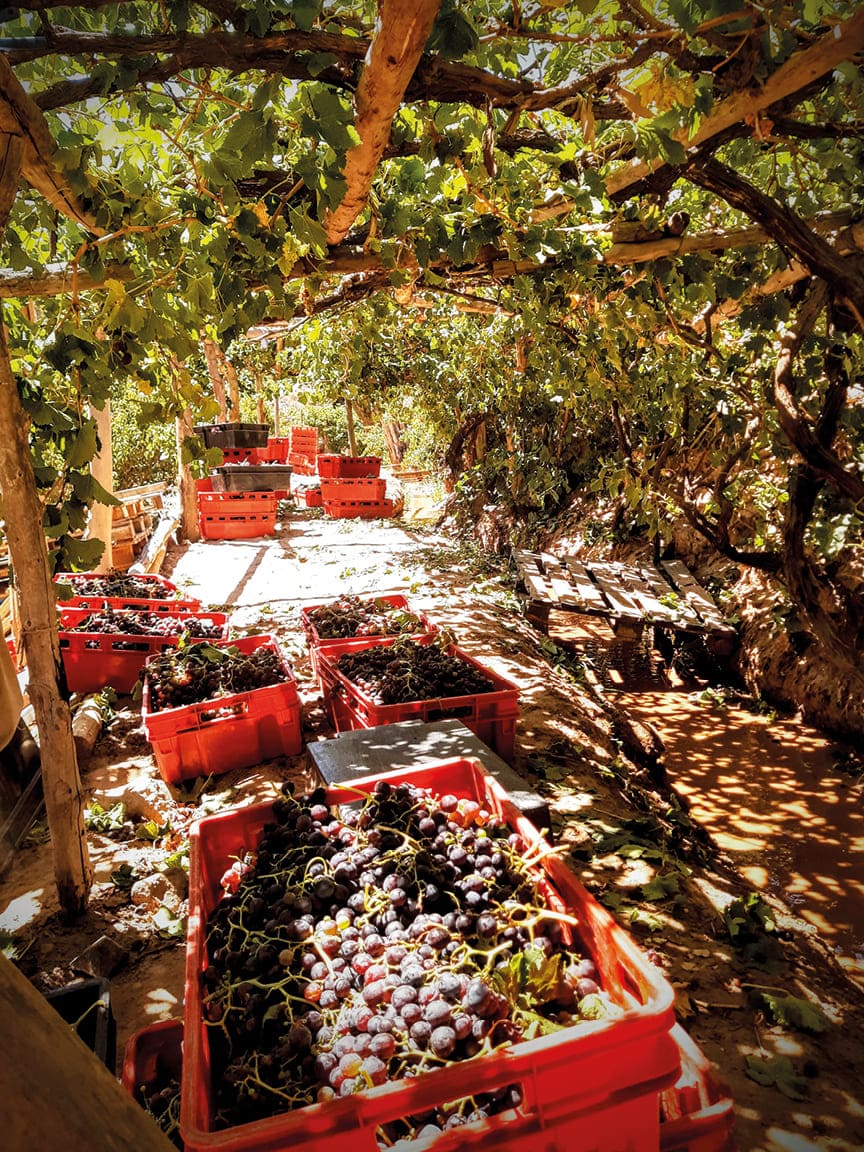
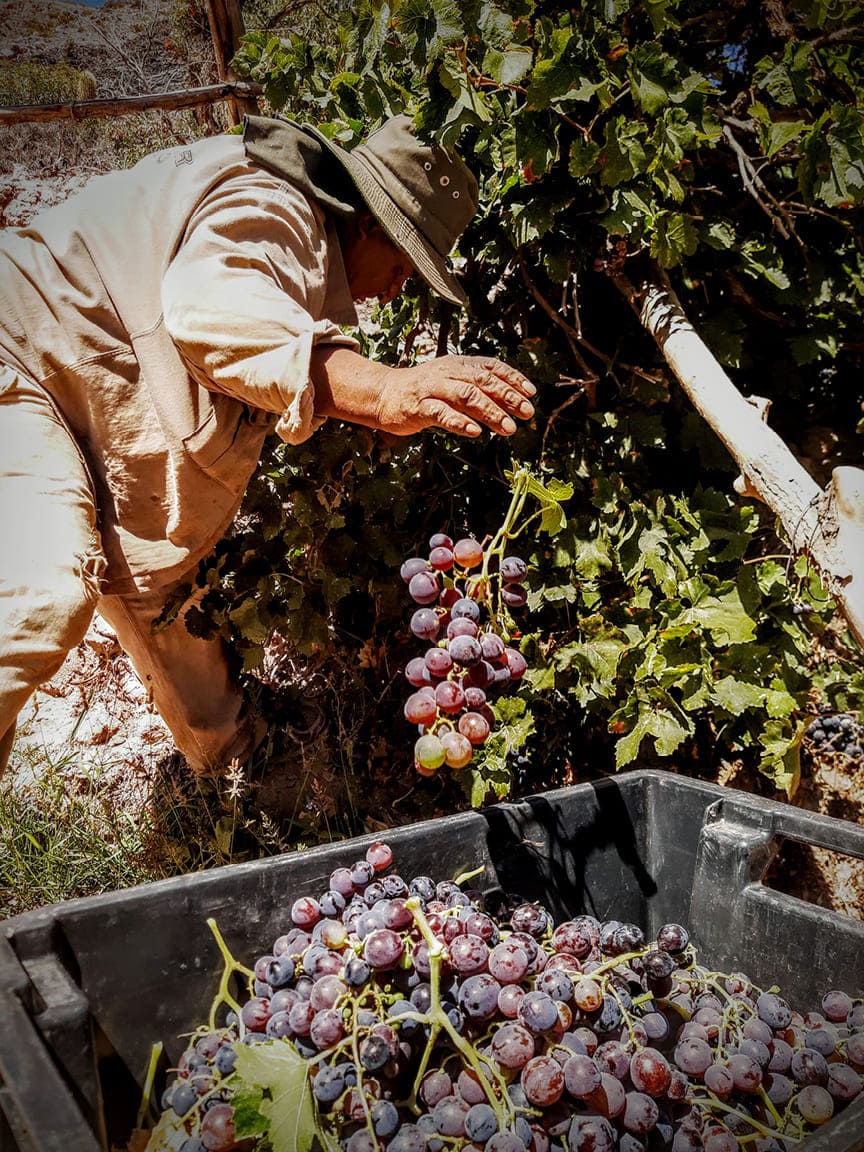
Lucas Niven has been one of the most influential independent winemakers in refocusing on the old vines of Eastern Mendoza and Northern Argentina.
Banner, plowing between País ancient vines in the Bagual vineyards
EXTRAORDINARY DISCOVERIES
While these native Criolla varieties were the stronghold for over 200 years, in the mid-1800s a new wave of European immigrants brought a plethora of new varieties. It was a serendipitous time to bring in such a diversity of grape varieties, as they were imported just before the phylloxera plague ravaged through the vineyards of Europe. Almost overnight, South America became a treasure trove for dozens of different European varieties that became endangered and lost in their homeland due to the enormous uprooting of phylloxera-affected vines.
Phylloxera never reached Chile, and had a very minor impact in Argentina, leaving both their old vine legacies intact and preserving a wealth of vineyards well over 150 years old. The dry, sunny climates of both mean that vines remain healthy and productive for hundreds of years, and both Chile and Argentina have some of the highest concentrations of seriously old vines in the world of wine.
The impressive genetic diversity in the vineyards of Chile and Argentina is still being uncovered today, but there are a handful of fascinating discoveries in the old vines that have changed the shape of South American wine. The discovery of Carmenère and Malbec are two of the greatest examples. Both practically disappeared from Bordeaux following phylloxera, and Carmenère was, in fact, considered extinct. However, in the 1990s, both were discovered to be very much alive and well, thriving in the vineyards of Chile and Argentina respectively. They went from being obscure, barely known varieties, to two of the greatest vinous ambassadors for South America.
Researchers continue to uncover new varieties each year, and are trawling through the plethora of old vineyards from the Atacama desert in northern Chile and the Calchaquí valleys in northern Argentina, down to the southern old vine hotspots of Biobío in Chile and Río Negro in Argentina. This is likely just the tip of the iceberg in identifying lost vinous treasures in South America.
OLD VINE RENAISSANCE
Beyond plant genetics though, these old vines are woven into the DNA of South America’s wine culture. The vines represent generations of work and wisdom, and there are many lessons being learnt by winemakers today through the old vine viticulture and artisanal winemaking.
While we know that old vines are more resistant to drought and climate change, many vignerons around Chile and Argentina are also adopting the historic bush and parral trellising system for new vineyards. The old vines have proved how these historic techniques are actually well adapted for the dry climate and offer a more sustainable outlook for the future.
Artisanal winemaking techniques used in Chile’s old vine hotspots of Maule and Itata are also coming to the fore. Making wine in large tinajas, Chile’s equivalent of an amphora, is coming back in fashion – for both red wines (largely País and Cinsault) as well as skin-contact white wines (notably with Moscatel and field blends).
“Re-learning to make wines in tinajas was an enormous journey,” says winemaker Eduardo Jordán, who has been instrumental in its revival, making the first commercial Chilean tinajas wines while at De Martino winery in 2011. Today he is making numerous old vine wines at Miguel Torres including several País wines (one from 200-year-old vines), old vine Cinsault, a Malbec field blend planted in 1945 and wines from 115-year-old Cabernet Sauvignon vines.
“Making wines in tinaja and with these more artisanal winemaking techniques has made us really focus on understanding the fruit of these old vines, because there is nowhere to hide with these low intervention winemaking styles,” he adds. “It has impulsed us to have a really deep understanding of the vines, and how to manage the fermentation and native yeasts. The most important thing today is really respecting the origin of where they come from and letting that show in the wines.”
Similarly in Mendoza in Argentina, producers are returning to work with large foudres – as they had a hundred years ago – seeking less oak influence and more transparency for the quality of the fruit to shine. Argentina’s winemakers are also readopting skin contact in their white wines, especially for the superb old vine Sémillon of recent vintages.
“We really do have an important responsibility with these old vines in Argentina,” says winemaker Lucas Niven, who has been one of the most influential independent winemakers in refocusing on the old vines of Eastern Mendoza and Northern Argentina, most especially with the native Criolla varieties. “They make really unique wines, and if we don’t give them the value they deserve they will disappear. It is a key part to our heritage and our future.”
South America’s rediscovery of its old vines is leading to an exciting vinous renaissance – with distinctive and authentic wine styles that simply don’t taste like the wines of anywhere else.
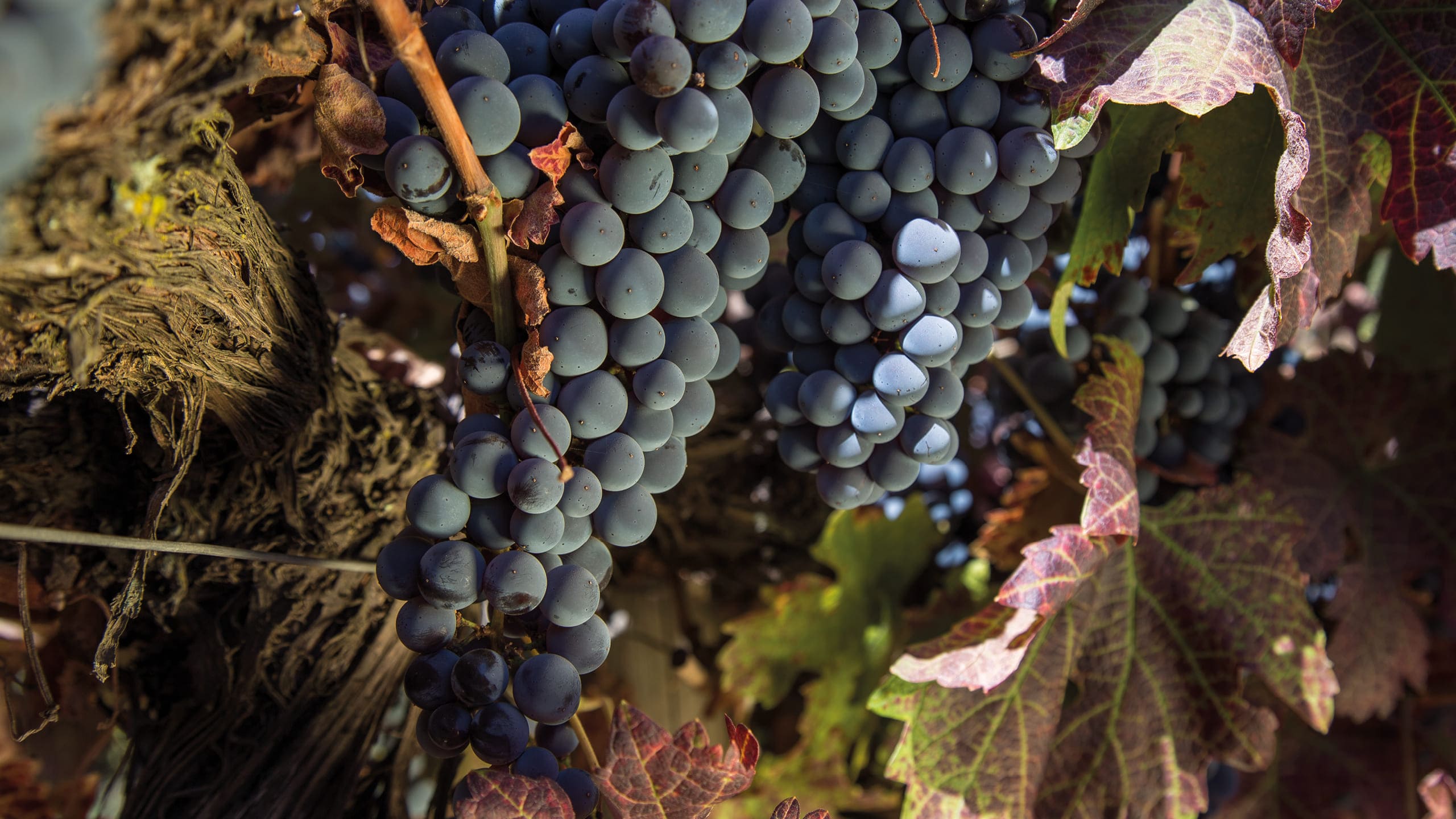
“Beyond plant genetics, these old vines are woven into the DNA of South America’s wine culture”
Independent winemaker Lucas Niven
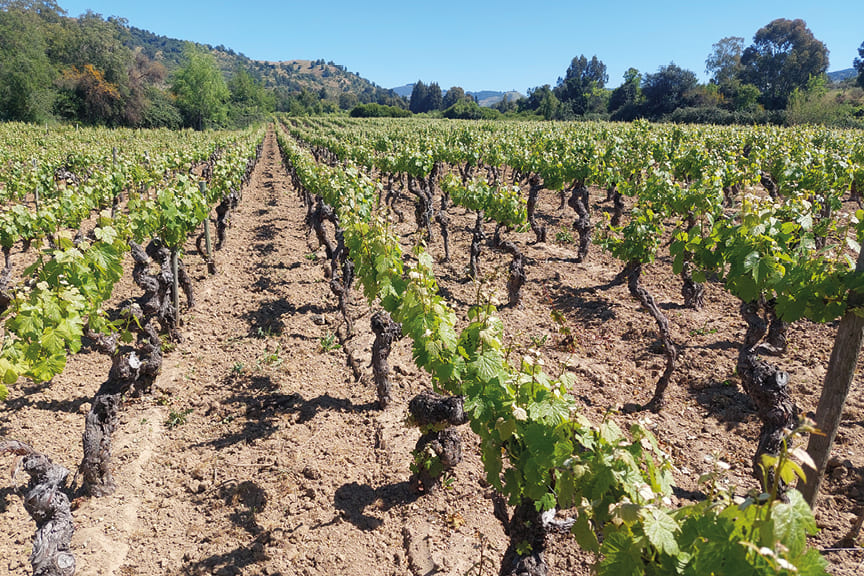
The old vines and historic vineyards of Chilean winery Miguel Torres where Eduardo Jordán produces numerous old vine wines, and (bottom right) independent winemaker Lucas Niven focuses on the old vines of Eastern Mendoza and Northern Argentina
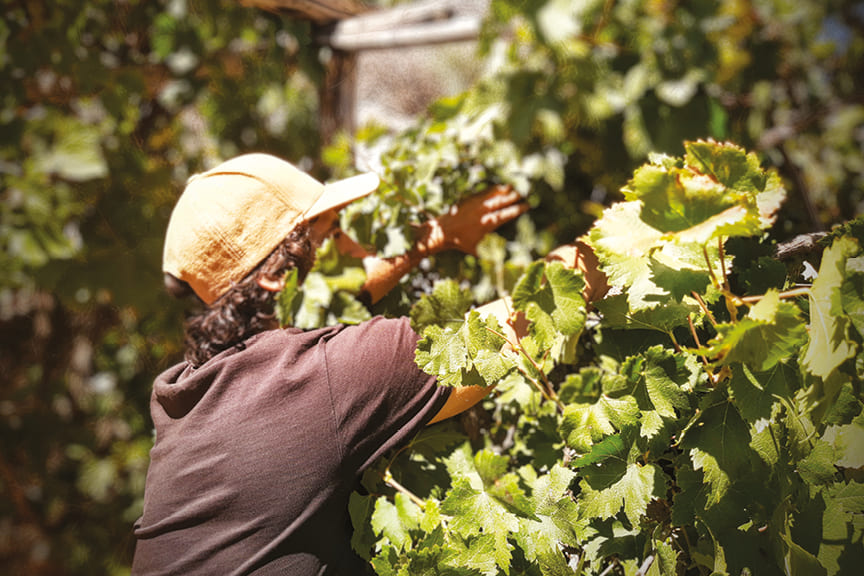
Amanda Barnes is the author of The South America Wine Guide.
Photography ©Lucas Niven, Matt Wilson, Eduardo Jordán, Miguel Torres, Francesca Vizor
We recommend
REBEL WITH A CAUSE
Winemaker extraordinaire Telmo Rodríguez has helped redefine Rioja with his unique terroir-focused village wines, as Nargess Bank discovers
GROUND CONTROL
Soil mapping is transforming winemakers’ knowledge of their land. Pedro Parra, whose work on the Brunello di Montalcino wines has led to the creation of the award-winning Argiano’s Vigna del Suolo 2018
ARGIANO’S POSITIVE TWIST
Listening intently to the land, fastidious soil mapping and a scholarly approach to viticulture, has earned the oldest Montalcino winery’s Brunello, red wine of the year. Nargess Banks visits the Tuscan estate to learn more
WINES WITHOUT BORDERS
Perched on the slopes of the Tyrolean Alps, Italian winery Cantina Girlan combines the best of Germanic efficiency and Latin creativity to produce fresh, crisp wines with a big personality. Nargess Banks pays a visit

